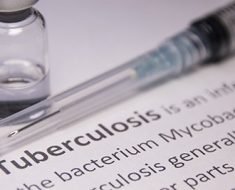
Millions of patients all over the world undergo surgical procedures related to bone defect repair every year. With an ever-increasing life expectancy and the issues that come with a decaying skeleton, the number of interventions can only increase in the coming years. This is why orthopaedic surgeons are constantly looking for improved medical implants for the treatment of bone repair.
Following certain surgeries and traumatic experiences, like traffic accidents, patients often suffer from significant fractures and losses to the bone, referred to as bone defects. Bone scaffolds are porous implants that are used in order to fill significantly large defects. While the currently available solutions are suitable when implanted in non-load bearing areas, like the face, using a stronger material could result in a more attractive option when filling defects in load-bearing areas, like the bones found in legs.
The University of Malta has teamed up with Mater Dei Hospital to address the shortcomings of current bone scaffolds on the market in a project entitled Biodegradable Iron for Orthopaedic Scaffold Applications—BioSA. The project is being led by Prof. Ing. Joseph Buhagiar, from the Department of Metallurgy and Materials Engineering, and also involves members from the surgical team at the Department of Orthopaedic, Trauma and Sports Medicine at Mater Dei Hospital under the coordination of Mr Ray Gatt M.D., as well as academics from various departments at the University of Malta. The team members are pooling their expertise to develop an improved bone regeneration scaffold design with optimised characteristics.
Despite the fact that ceramic scaffolds are widely used, their tendency to break due to their brittle nature, has made them inadequate for use in bones that are subjected to sudden loading, while polymeric scaffolds lack the mechanical strength to be used in load-bearing applications. Metals, on the other hand, have the potential to exhibit the perfect balance between strength and toughness. The BioSA scaffold is being designed such that it corrodes at a controlled rate within the body, to match the rate at which the bone is healing. This aspect could result in reducing the necessity of a second surgical intervention to remove the implant after bone has healed.
Source: Read Full Article





